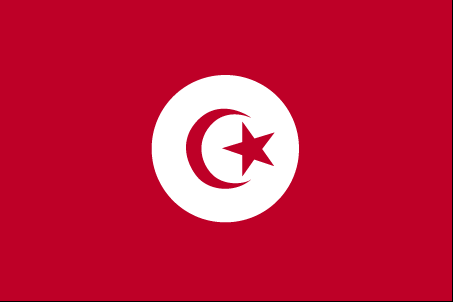
Tunisia's diverse, market-oriented economy has long been cited as a success story in Africa and the Middle East, but it faces an array of challenges during the country's ongoing political transition. Following an ill-fated experiment with socialist economic policies in the 1960s, Tunisia embarked on a successful strategy focused on bolstering exports, foreign investment, and tourism, all of which have become central to the country's economy. Key exports now include textiles and apparel, food products, petroleum products, chemicals, and phosphates, with about 80% of exports bound for Tunisia's main economic partner, the European Union. Tunisia's liberal strategy, coupled with investments in education and infrastructure, fueled decades of 4-5% annual GDP growth and improving living standards. Former President (1987-2011) Zine el Abidine BEN ALI continued these policies, but as his reign wore on cronyism and corruption stymied economic performance and unemployment rose among the country's growing ranks of university graduates. These grievances contributed to the January 2011 overthrow of BEN ALI, sending Tunisia's economy into a tailspin as tourism and investment declined sharply. During 2012 and 2013, the Tunisian Government’s focus on the political transition led to a neglect of the economy that resulted in several downgrades of Tunisia’s credit rating. As the economy recovers, Tunisia's government faces challenges reassuring businesses and investors, bringing budget and current account deficits under control, shoring up the country's financial system, bringing down high unemployment, and reducing economic disparities between the more developed coastal region and the impoverished interior.
$108.4 billion (2013 est.)
country comparison to the world: 72
$105.4 billion (2012 est.)
$101.8 billion (2011 est.)
2.8% (2013 est.)
country comparison to the world: 124
3.6% (2012 est.)
-1.9% (2011 est.)
$9,900 (2013 est.)
country comparison to the world: 119
$9,800 (2012 est.)
$9,500 (2011 est.)
agriculture: 8.6%
industry: 30.4%
services: 61% (2013 est.)
3.8% (2005 est.)
6.1% (2013 est.)
country comparison to the world: 176
5.6% (2012 est.)
3.974 million (2013 est.)
country comparison to the world: 91
agriculture: 18.3%
industry: 31.9%
services: 49.8% (2009 est.)
17.2% (2013 est.)
country comparison to the world: 151 17.4% (2012 est.)
petroleum, mining (particularly phosphate, iron ore), tourism, textiles, footwear, agribusiness, beverages
3% (2013 est.)
country comparison to the world: 104